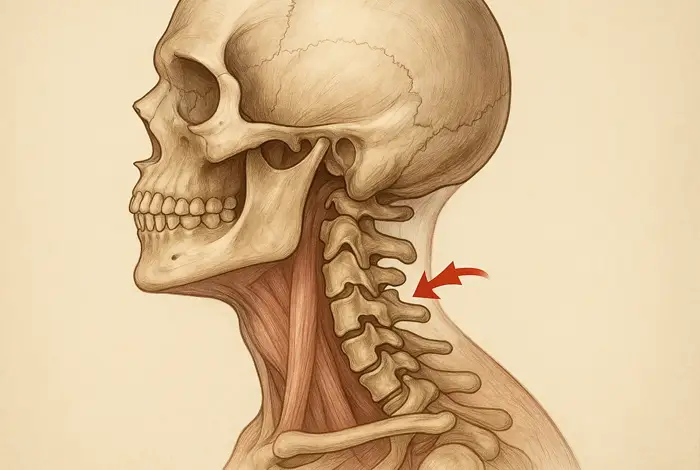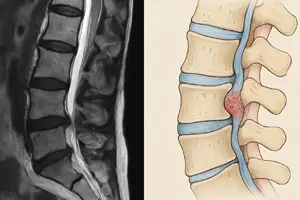You’ve had the MRI. Maybe even two. And every time, they say “nothing’s wrong.”
But you’re still in pain. Still dizzy. Still dealing with symptoms no one can explain.
If you’re starting to wonder whether the MRI missed something… you’re right to ask.
At DMX Miami, we use Digital Motion X-Ray (DMX) to detect cervical ligament instability a major cause of chronic symptoms that MRI simply can’t see. Let’s break down the difference and why it matters for your diagnosis and treatment.
What Is Cervical Instability?

Cervical instability happens when the ligaments in your neck become stretched or torn, causing abnormal motion between vertebrae especially in the upper cervical spine (C0–C1–C2).
This instability can lead to:
- Head pressure and persistent headaches
- Brain fog and cognitive issues
- Dizziness and balance problems
- Clicking or cracking in the neck
- Sensitivity to motion or sound
- Fatigue and neurological dysfunction
Why MRI Often Misses It

MRI is great for showing structure: herniated discs, tumors, fractures. But it’s performed while you lie still on your back meaning it shows only static images of your spine.
Here’s what MRI doesn’t do:
- It doesn’t show how bones move under stress
- It doesn’t test ligament tension during motion
- It can’t detect small but damaging instabilities
- It often appears “normal” even in severe ligament injuries
That’s why so many patients with real, life-altering symptoms walk away with “normal” MRI results.
What Makes DMX Different?
Digital Motion X-Ray (DMX) is a real-time, moving X-ray that records 30 frames per second while your neck moves through specific positions.
DMX shows:
- Instability between vertebrae
- Alar and transverse ligament laxity
- Misalignments in motion
- Abnormal joint movement missed on static imaging
In just 15–20 minutes, DMX reveals exactly what’s happening when your pain is triggered not just when you’re lying flat and still.
DMX vs. MRI Comparison Chart
| Feature | MRI | DMX |
| Shows soft tissue | ✔️ | ✔️ (limited, primarily bony alignment) |
| Shows ligament motion | ❌ | ✔️ (dynamic assessment) |
| Real-time spinal movement | ❌ | ✔️ |
| Performed in motion | ❌ (static, lying down) | ✔️ (upright, guided movement) |
| Detects instability | ❌ (often missed) | ✔️ (primary strength) |
Global Patients Choose DMX Miami
We serve patients from:
- Across the United States (FL, NY, CA, TX, IL, etc.)
- Europe (UK, Germany, Spain, France)
- South America & the Caribbean (Colombia, Panama, Puerto Rico)
We work directly with:
- Regenerative medicine centers (PRP, stem cell, prolotherapy)
- Chiropractors, neurologists, and concussion clinics
- Personal injury attorneys and insurance documentation
Why It Matters Before You Treat
PRP or stem cell therapy needs an accurate target.
If the real instability is missed, the treatment will fail or worse, it could go to the wrong place.
DMX before treatment = better outcomes, fewer wasted procedures.📅 Don’t Rely on Incomplete Imaging
If you’ve been told your MRI looks fine, but you know something’s wrong get the full picture.
Call 305-275-7475 or book your appointment online

Dr. Rodolfo Alfonso, D.C.
Dr. Mark N. Berry, D.C.
Sunset Chiropractic and Wellness
8585 Sunset Dr. STE 102
Miami, Florida 33143
305-275-7475
Schedule Your DMX Today
You’ve been searching for answers. Now you can see the cause of your symptoms in motion.
Visit us in Miami
Call 305-275-7475
Request an appointment online
Follow us on Instagram, Facebook, and YouTube for updates, patient success stories, and expert insights on neuropathy treatment!
